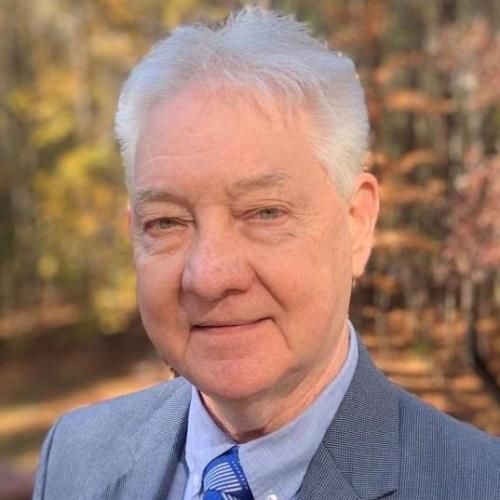Separation of wake and potential field excitations in an embedded compressor rotor: Impact of wave reflections and mistuning on forced response
This paper provides a summary of an embedded rotor mistuned forced response investigation. Forced response aeromechanics is one of the grand challenge topics, which has received much attention in literature. The current paper analyzes an embedded rotor from a 3.5 stage axial compressor in collaboration with Purdue University. In previous papers the authors emphasized the excitation forces due the upstream and downstream stators. This paper is a continuation of the research and discusses the influence of loading and mistuning on the forcing function and response. The individual blade responses are quantified using an in-house mistuning code. One unique feature of the rig is that the vane count of the inlet guide vane and the two neighboring stators are the same, which makes the wake and potential field influence inseparable at the same excitation frequency and a particular clocking configuration. To help understand the vane 1 and 2 interaction, the upstream vane count was modified (38). This paper addresses wave reflections from neighboring rows. Physical wave reflections occur from downstream stators, which do not excite the embedded rotor at the same resonant crossing, and these behave like partially reflecting walls, which contribute to the forcing function. Similarly, downstream rotors also play a significant part in reflecting waves, which interfere with the embedded rotor forcing. This paper provides an in-depth study covering both aspects of physical wave reflections. The computational domain was simplified using the Time Transformation (TT) method available in ANSYS CFX. The steady and unsteady aerodynamic results in this paper, along with blade response predictions were validated against experimental data. This paper focusses on the torsional mode crossings at multiple operating conditions. Finally, the modal forces and individual blade frequencies were fed into an in-house mistuning code to obtain the individual blade responses. The major inferences from this paper are 1) The neighboring stators in the original configuration (the stators had identical vane counts) interfered destructively and lowered the modal force 2) The upstream contribution to the forcing was found to be small at the torsional mode crossings,3) The modal force doubled with an increase in loading, which was consistent with experimental data 3) Also, the mistuning amplification factor was underpredicted owing to the presence of “side bands” in the forcing vector.

